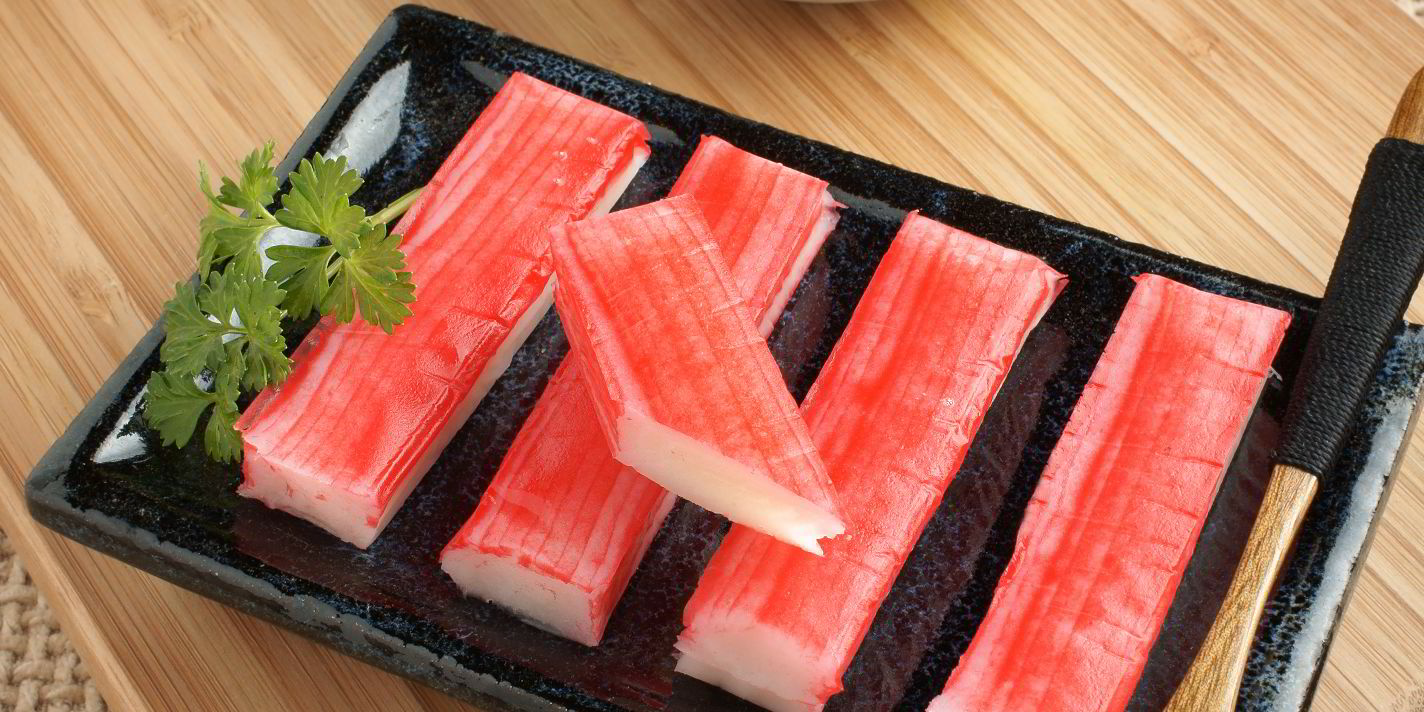Japan’s surimi market has seen a 30 percent decline to 289,700 metric tons over the last 20 years, with poor domestic catches, less tropical surimi from Southeast Asia and increasing demand in other markets all taking their toll.
Of the total supply, domestic production accounts for only 20 percent at around 60,000 metric tons, compared to 155,800 metric tons in 1993 when the domestic supply share was as high as 40 percent. Domestic production is expected to decline further in the next couple of years due to low pollock stocks.
Tropical surimi had been an alternative raw material to make up the domestic supply shortage in Japan, with imports from Thailand reaching more than 100,000 metric tons in 2002. However, this declined to only 35,000 metric tons in 2014 because of poor harvesting and increasing demand in the region.
Alaskan pollock is now the only reliable source for the international surimi industry, including that of Japan. In 2014 the country bought 110,000 metric tons of surimi from the United States together with pollock and Pacific whiting caught off the west coast – an 18 percent increase on the previous year.
